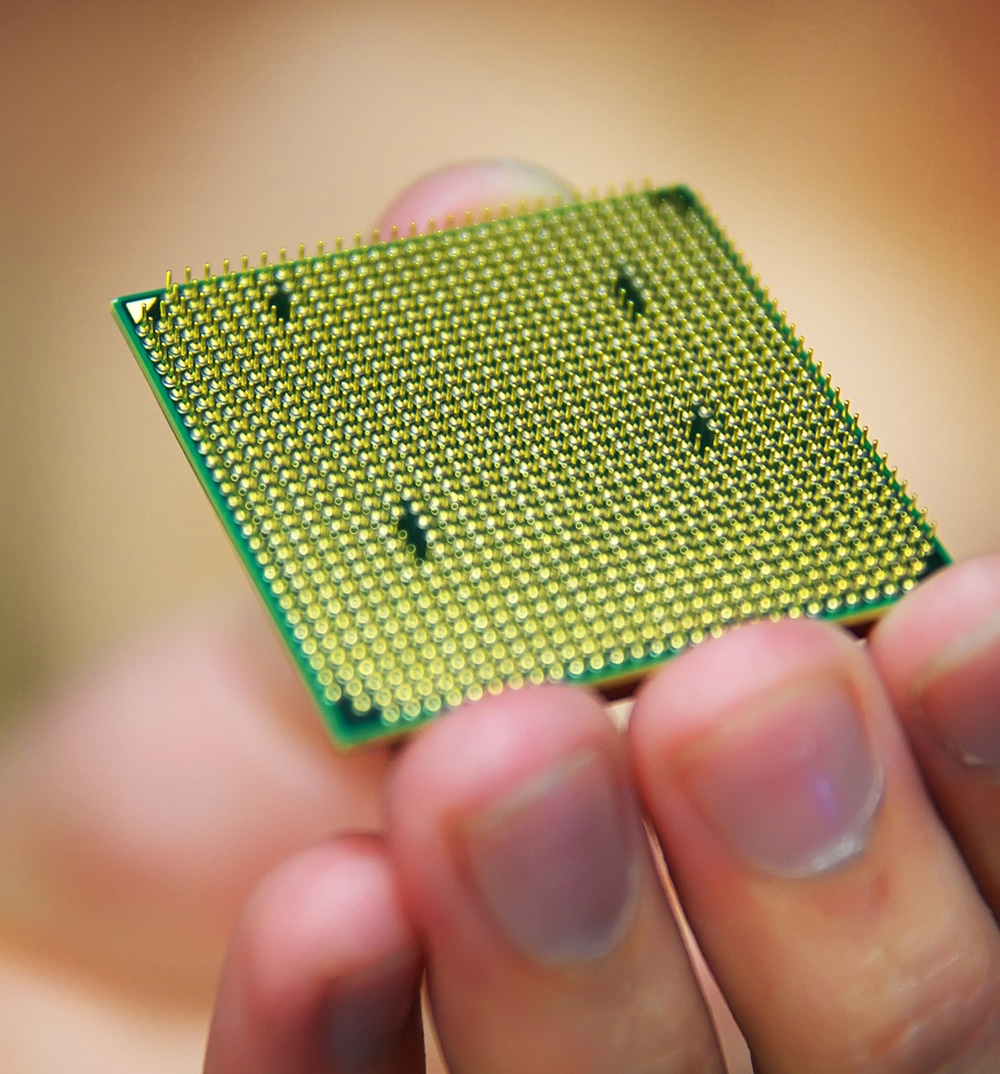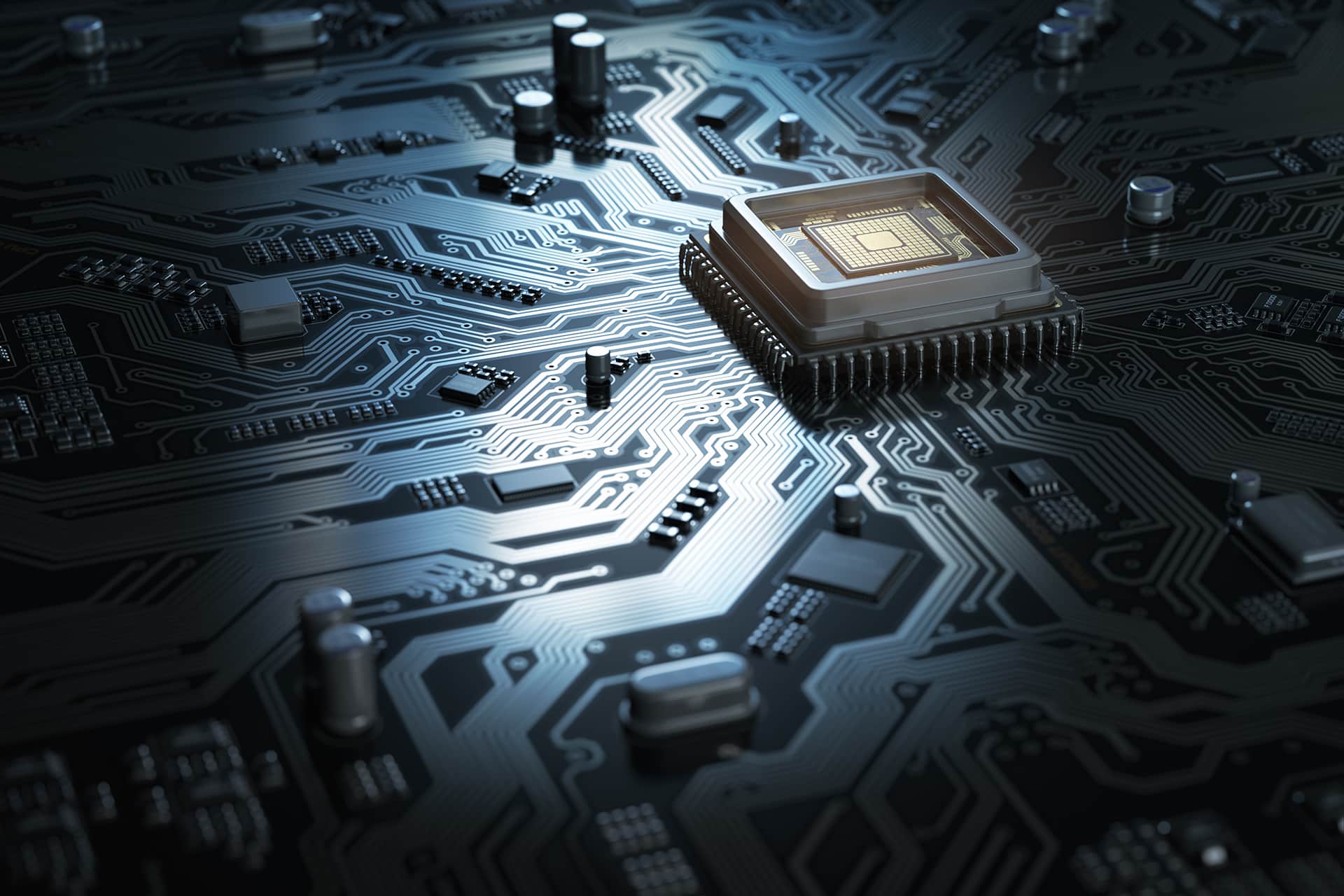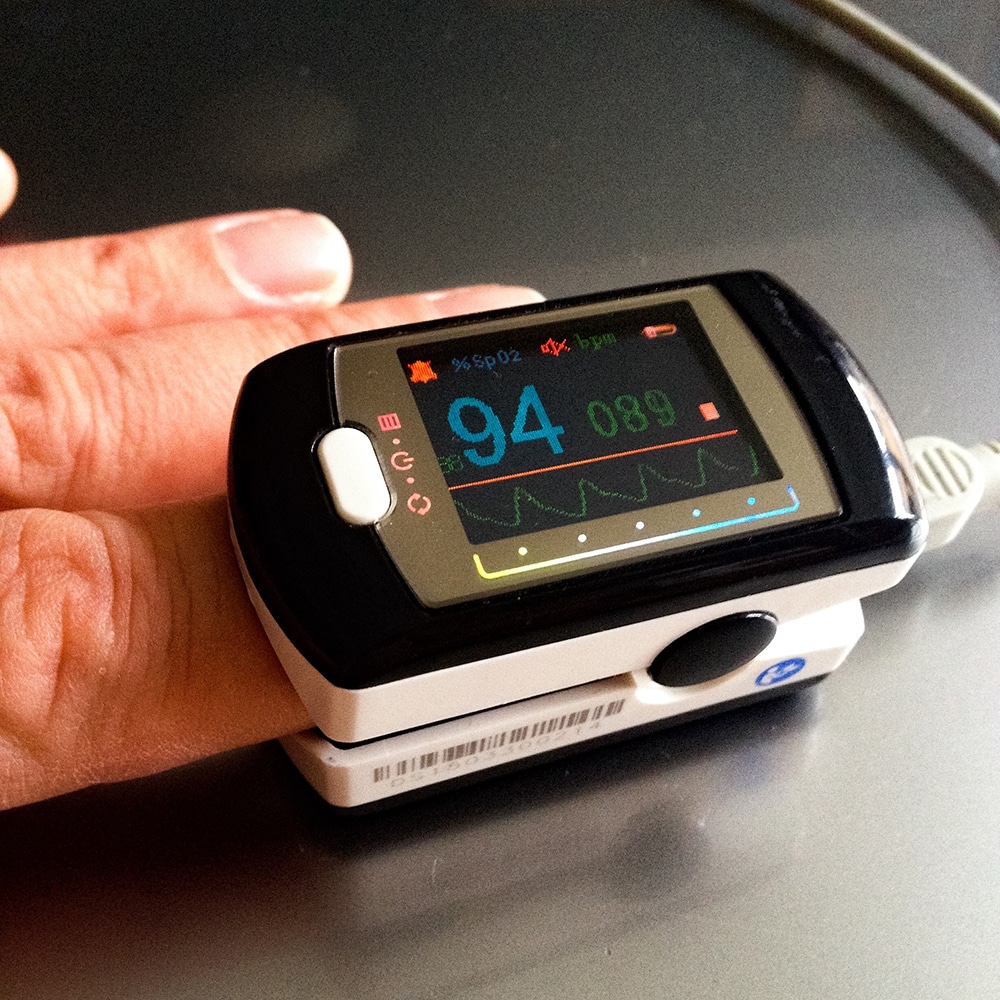
Innovative and visionary founder and CEO leading a cutting-edge microchip company; revolutionizing technology through advanced semiconductor solutions.
Meld Micro introduces an innovative microchip design architecture that enables real-time data collection and processing. Our event-driven, asynchronous architecture, based on Application Specific Integrated Circuits (ASICs), offers a highly efficient and low-power solution. Seamlessly integrating with existing and new devices, our microchips enable superior performance data collection and environmental efficiency. With Meld Micro, companies experience faster data logging, enhanced detection capabilities, improved security, and increased cost-effectiveness for both current technologies and future IoT, remote, and battery-powered devices.


At Meld Micro, our mission is to revolutionize the world of microchips by delivering unparalleled advancements in performance, power efficiency, security, and seamless integration. We are committed to developing cutting-edge solutions that address the evolving needs of the digital era. With a relentless focus on lower power consumption, we strive to create microchips that enable devices to operate efficiently, extending battery life and reducing environmental impact. Our dedication to heightened security ensures that data is safeguarded against threats, enabling individuals and businesses to trust in the integrity and confidentiality of their information. In addition, our microchips are designed to meet the demands of today’s data-intensive world, offering faster data consumption rates and enabling seamless connectivity across various devices. We believe in bridging the gap between old and new technologies, providing compatibility and easy integration for legacy systems while also supporting the latest advancements.
Through our unwavering commitment to innovation, Meld Micro aims to empower individuals, industries, and societies with the transformative potential of advanced microchip architectures, fostering progress and propelling the future of technology forward.
The asynchronous, event-driven ASIC microchip architecture offers a compelling value proposition by leveraging its unique design principles to deliver enhanced performance, power efficiency, and flexibility.
Performance: The asynchronous architecture allows for independent and concurrent operations, eliminating the need for a central clock and enabling faster and more efficient processing. This leads to improved overall system performance, reduced latency, and increased throughput, making it ideal for time-sensitive applications.
Power Efficiency: By operating only when necessary, the asynchronous design minimizes power consumption by eliminating unnecessary clock cycles and reducing idle power. This results in significant energy savings, extending battery life in portable and battery-powered devices while maintaining optimal performance.
Flexibility and Scalability: The event-driven nature of the architecture allows for dynamic adaptability to changing workloads and environments. It can handle varying data rates and respond to events in real-time, providing agility and scalability to support diverse applications and evolving technological needs.

Robustness and Reliability: Asynchronous designs exhibit inherent fault tolerance, as they are not reliant on a global clock signal. This makes them more resilient to noise, timing variations, and other environmental factors, ensuring reliable operation and reduced susceptibility to errors.
Integration and Compatibility: The ASIC microchip architecture can seamlessly integrate with existing and new technologies, making it suitable for both legacy systems and emerging platforms. Its compatibility with different interfaces and protocols facilitates easy integration into various applications, reducing time-to-market and enabling rapid adoption.
Security: The asynchronous, event-driven ASIC microchip architecture enhances the security capabilities of battery-powered IoT devices by providing inherent security benefits. Its asynchronous nature enables fine-grained control over data processing, mitigating the risk of timing-based attacks and side-channel vulnerabilities. The event-driven design allows for efficient implementation of security protocols and encryption algorithms, ensuring enhanced data privacy and integrity. With this architecture, devices can achieve a higher level of security, safeguarding against unauthorized access, data breaches, and tampering.
Overall, the asynchronous, event-driven ASIC microchip architecture delivers a powerful value proposition by offering superior performance, power efficiency, flexibility, and compatibility, making it an attractive choice for a wide range of applications and industries.
The application of asynchronous, event-driven ASIC microchip architecture in remote monitoring devices brings numerous benefits and possibilities for enhanced performance and efficiency.
Real-Time Data Processing: The asynchronous design enables remote monitoring devices to process data in real time, responding to events as they occur. This allows for instant analysis and decision-making, providing timely information for critical monitoring applications.

Low Power Consumption: Remote monitoring devices often operate on limited power sources such as batteries or renewable energy. The asynchronous architecture’s power-efficient nature ensures that the microchip consumes minimal power during idle periods and activates only when necessary. This extends the device’s battery life, enabling longer deployment times and reducing maintenance requirements.
Scalability and Adaptability: Remote monitoring devices can encounter varying data rates and environmental conditions. The event-driven nature of the asynchronous architecture allows for flexible adaptation to changing conditions, efficiently handling different data inputs and event triggers. This enables the devices to be scalable, accommodating diverse monitoring scenarios and providing accurate and reliable data.
Fault Tolerance: Remote monitoring devices are often deployed in harsh and unpredictable environments. The asynchronous design, with its inherent fault tolerance, ensures the device’s robustness and reliability. It can withstand noise, timing variations, and other disturbances, maintaining accurate monitoring capabilities even in challenging conditions.
Seamless Integration: The asynchronous, event-driven ASIC microchip architecture can easily integrate with existing and new remote monitoring systems. It supports various communication protocols, wireless technologies, and data transmission methods, allowing seamless integration with cloud platforms, data analytics systems, and other monitoring infrastructure.
By applying the asynchronous, event-driven ASIC microchip architecture in remote monitoring devices, organizations can benefit from real-time data processing, extended battery life, scalability, robustness, and integration capabilities. These advantages enable remote monitoring devices to provide accurate and reliable data in a cost-effective and efficient manner, making them invaluable tools for monitoring environmental conditions, infrastructure, equipment, and more.

The application of asynchronous, event-driven ASIC microchip architecture in battery-powered IoT (Internet of Things) devices offers significant advantages and opens up new possibilities for improved performance and efficiency.
Power Efficiency: Battery-powered IoT devices often operate with limited power resources. The asynchronous architecture’s ability to minimize power consumption by eliminating unnecessary clock cycles and reducing idle power is highly beneficial. It allows battery-powered IoT devices to operate efficiently and extend the lifespan of their power sources, resulting in longer device operation without frequent battery replacements or recharging.
Real-Time Responsiveness: IoT devices are designed to interact with their environment and respond to events or triggers. The event-driven nature of the asynchronous architecture allows battery-powered IoT devices to process data and execute actions in real time, responding to events immediately. This real-time responsiveness is crucial for time-critical applications, enabling faster decision-making and enhancing the overall functionality of the IoT device.
Flexibility and Adaptability: Battery-powered IoT devices often need to accommodate changing data rates, varying sensor inputs, and dynamic environments. The asynchronous architecture provides the flexibility to handle these variations effectively. It can adapt to different data processing requirements and respond to events dynamically, allowing battery-powered IoT devices to scale and adapt to diverse application scenarios.
Security: Security is a critical consideration in battery-powered IoT devices, as they often handle sensitive data or interact with critical infrastructure. The asynchronous, event-driven ASIC microchip architecture offers inherent security benefits. Its asynchronous nature allows for fine-grained control over data processing, reducing the risk of timing-based attacks or side-channel vulnerabilities. Additionally, the event-driven design enables efficient implementation of security protocols and encryption algorithms, enhancing data privacy and integrity. With the asynchronous architecture, battery-powered IoT devices can have a higher level of security, protecting against unauthorized access, data breaches, and tampering.
Integration and Interoperability: Battery-powered IoT devices are part of a larger ecosystem that includes other devices, cloud platforms, and data analytics systems. The asynchronous, event-driven ASIC microchip architecture enables seamless integration and interoperability with various IoT protocols, wireless technologies, and cloud services. This facilitates efficient data exchange, enhances connectivity, and enables battery-powered IoT devices to be seamlessly integrated into broader IoT networks.
Reliability and Robustness: Battery-powered IoT devices often operate in challenging environments, where they may encounter noise, fluctuations, or disturbances. The asynchronous architecture’s inherent fault tolerance and robustness make battery-powered IoT devices more resilient to such conditions, ensuring reliable operation and accurate data collection even in adverse situations.
By applying the asynchronous, event-driven ASIC microchip architecture in battery-powered IoT devices, organizations can achieve power efficiency, real-time responsiveness, flexibility, integration capabilities, and reliability. This empowers battery-powered IoT devices to deliver enhanced functionality, longer battery life, seamless connectivity, and reliable data collection, making them valuable components of IoT ecosystems.

Innovative and visionary founder and CEO leading a cutting-edge microchip company; revolutionizing technology through advanced semiconductor solutions.